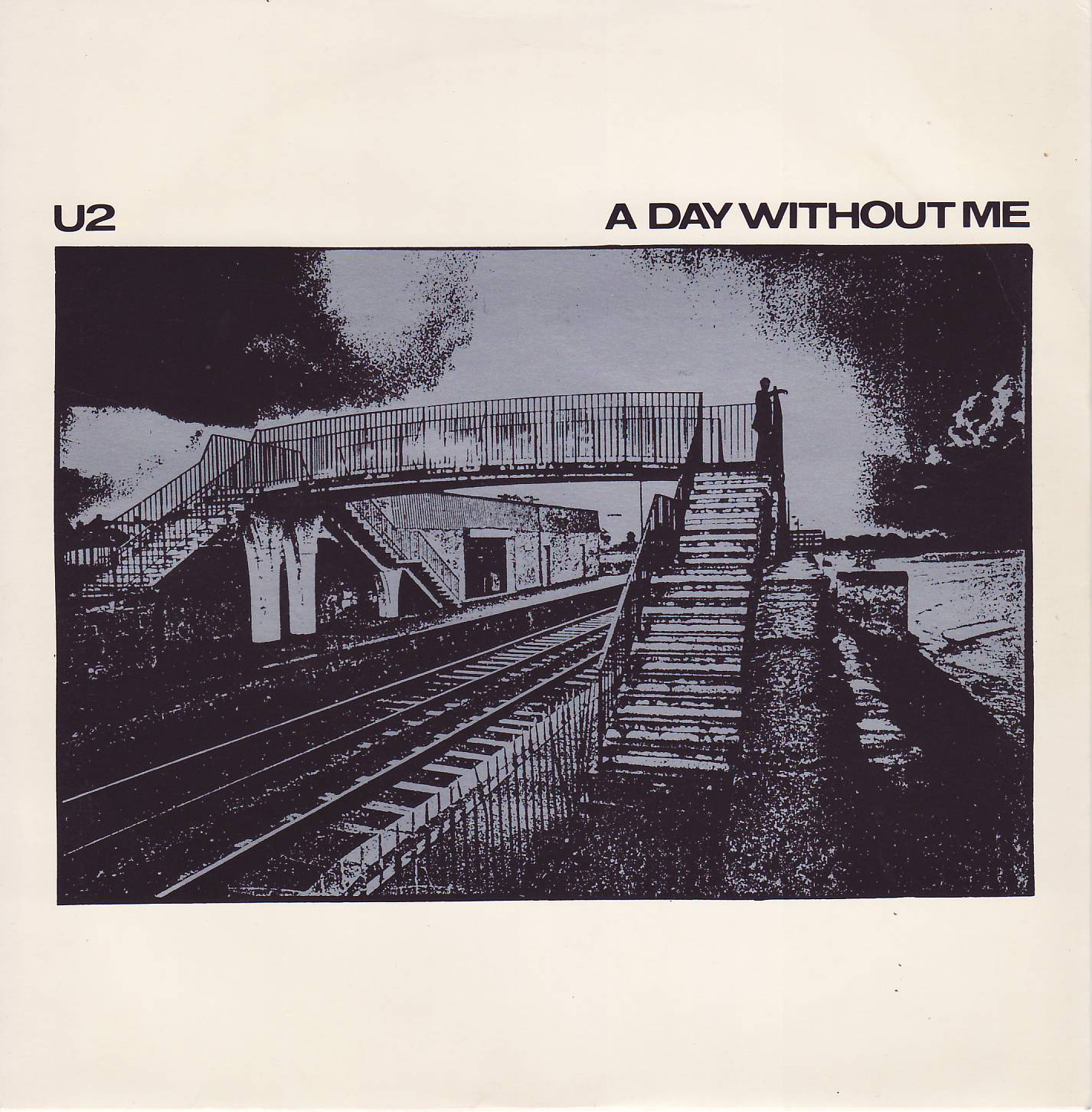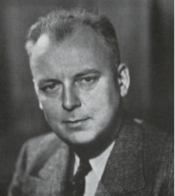
In essence, pretty much the hyperactive chap who met me at the airport in May 1980 and gave the impression he would be your fiend for life.Īt that time I enjoyed a particularly fruitful relationship with the Island press office, regularly making the tube journey to visit the late Rob Partridge and Neil Storey at the label’s St Peter’s Square HQ and often interviewing signings such as Marianne Faithfull, Grace Jones or Kid Creole. He was probably still living in the house on Cedarwood Road a poor rock’n’roll teenager with loyal friends and something big to say that very rapidly got bigger and bigger. Back in 1980, it was only four years since Bono lost his mum after she died of a brain aneurysm at her father’s funeral (paid tribute to 35 years later on Iris (Hold Me Close)). The band I meet that May Day is that one they self-celebrate on 2014’s Songs Of Innocence. Recent U2 tours have seen humble displays of nostalgia harking back to the period when these four teenage punk rock fans would get together in Larry’s kitchen and dream baby dream of being like their heroes the Ramones, Patti Smith, Television or The Clash. Now it’s actually quite fascinating trying to equate the four likable teenagers that day in Dublin with the huge corporate monster revisiting The Joshua Tree with a tour on which the best seats stretch to thousands of dollars. Few bands have achieved such astronomic global popularity, yet, even going on a straw-poll of RC staff or musical mates I have known over the years, command such disdain or indifference. This was way before the huge touring spectacles, onstage Presidential phone calls, favourite hats being flown to their forgetful owner, digital home invasions with new albums, $15m Manhattan apartments and the chasm between stashed fortunes and global conscience. Then Bono kicked the malfunctioning mike into semi-action… They launch into a stunning version of Eleven O’Clock Tick Tock and it knocked me for six… I can’t describe the electricity in the air at The Gingerbread House.”Īt this time in May 1980, few in mainland Britain had heard of U2.

It was magic – taut, soaring and melody-packed. “I stood there, feet going a bit but spine and stomach a-tingle. “In truth I was stunned,” I will soon confess in U2’s first major UK press feature, which appeared in the June 1980 issue of the magazine I edit, Zigzag. All are 19 years old except for Adam, who’s tipped into his 20s.Īt first Bono’s dodgy microphone means the three musicians start casually playing instrumental backing tracks. Behind a spartan drum kit sits quiet, almost angelic-looking Larry Mullen, the band’s heartbeat in more ways than one and the member who brought them together. Over there, under his black thatch, paces the man they call The Edge with his lightning bolt-shaped guitar. Next to him, sporting glasses, bleached blond hair and a black Fender bass, Adam Clayton carries the air of the band’s resident party animal. He’s the band’s extrovert a contagious ball of rock’n’roll energy who grabs his microphone, throws back his head, strikes a pose and already behaves like he’s taking the stage at Wembley Stadium – even if his microphone is playing up. They are about to be launched in the UK with a single called Eleven O’Clock Tick Tock. The band picking up their instruments and settling into position has volunteered to play some songs for me and their press officer from Island Records, who recently signed them. Appropriately known as “The Gingerbread House”, its low-beamed main room is set up with amps, speakers and drums. It looks like something out of a fairy tale.


I t is May Day, 1980, and I’m sitting in a tiny cottage tucked away in the verdant countryside outside Dublin.


 0 kommentar(er)
0 kommentar(er)
